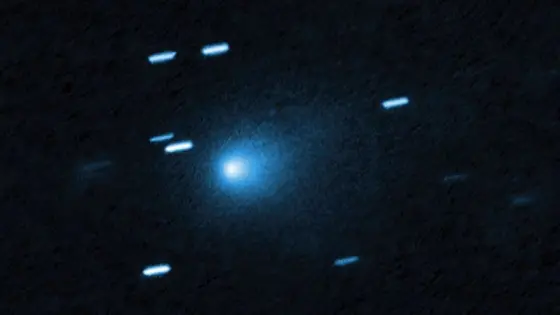T4K3.news
Webb captures new image of Hubble's deep field
The James Webb Space Telescope unveils fresh insights into the Hubble Ultra Deep Field.
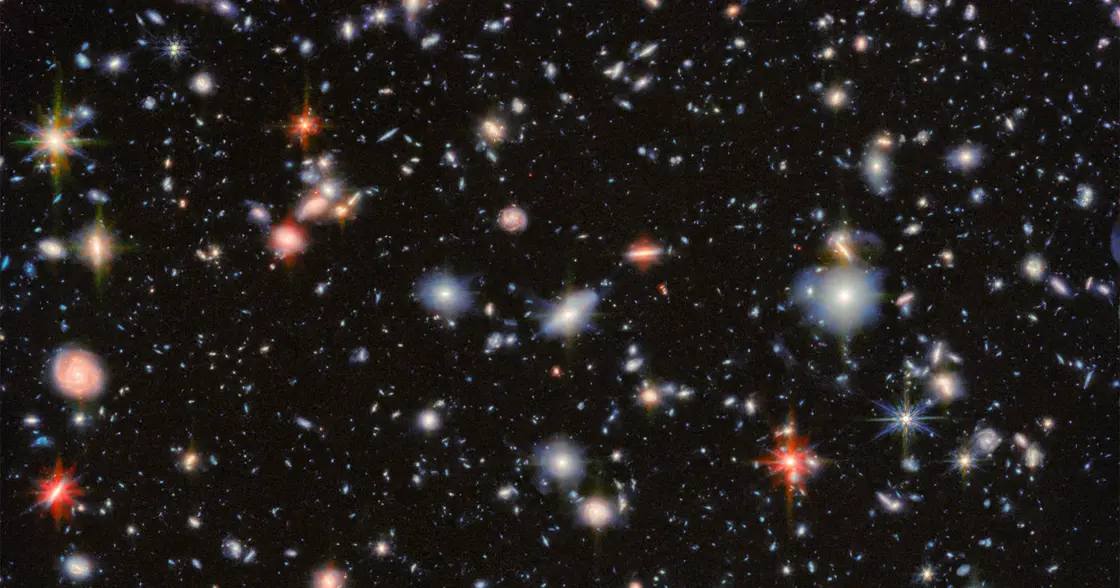
The James Webb Space Telescope brings fresh findings to one of the most famous regions in the sky.
Webb Reveals New Insights into Hubble's Iconic Deep Field Image
The James Webb Space Telescope (JWST) has revisited the Hubble Ultra Deep Field, capturing an astonishing new version of its famous image. Known for showcasing nearly 10,000 galaxies, the new captures focus on the MIRI Deep Imaging Survey (MIDIS) region. Over almost 100 hours, JWST used its Mid-Infrared Instrument (MIRI) to analyze this space field in unprecedented detail. By combining information from both MIRI and the Near-Infrared Camera (NIRCam), researchers revealed over 2,500 light sources, including numerous extremely red galaxies, indicating early star formation in the universe. Webb’s capabilities allow for deeper analysis of galaxy structures and their evolution over billions of years. This new research builds on the legacy of Hubble and aims to uncover previously invisible cosmic details.
Key Takeaways
"Thanks to Webb’s sharp resolution, researchers can resolve the structures of many of these galaxies."
This highlights Webb's technological advancement in space observation.
"By returning to this legacy field first made famous by Hubble, Webb is continuing and expanding the deep field tradition."
This emphasizes Webb's role in advancing astronomical research.
By returning to the Hubble Ultra Deep Field, the James Webb Space Telescope is not just repeating history but expanding it. The findings illustrate the evolution of galaxies throughout time, challenging existing frameworks about star formation and galaxy growth. As astronomers sift through the data, they gather insights that deepen our understanding of the universe's history. The extreme sensitivity and distinct spectral capabilities of Webb allow it to penetrate cosmic dust that often obscures older galaxies, offering a clearer view into the ancient cosmos. This progression from Hubble to Webb symbolizes a leap in our quest for knowledge about the universe’s origins and the complex lives of its galaxies.
Highlights
- Webb reveals galaxies previously hidden by cosmic dust.
- Deep cosmic insights emerge from Webb's latest images.
- New findings push the boundaries of our cosmic understanding.
- Astronomy takes a leap forward with Webb's advanced technology.
Potential Risks of Misinterpretation and Public Reaction
The unveiling of new astronomical findings may lead to misinterpretation among the public, fueling misunderstandings about the nature of cosmological discoveries. As these images incite excitement and curiosity, they also carry the risk of oversimplifying complex astronomical concepts, creating a gap between scientific intentions and public perception.
As Webb opens new celestial perspectives, the quest for cosmic understanding continues to intensify.
Enjoyed this? Let your friends know!
Related News
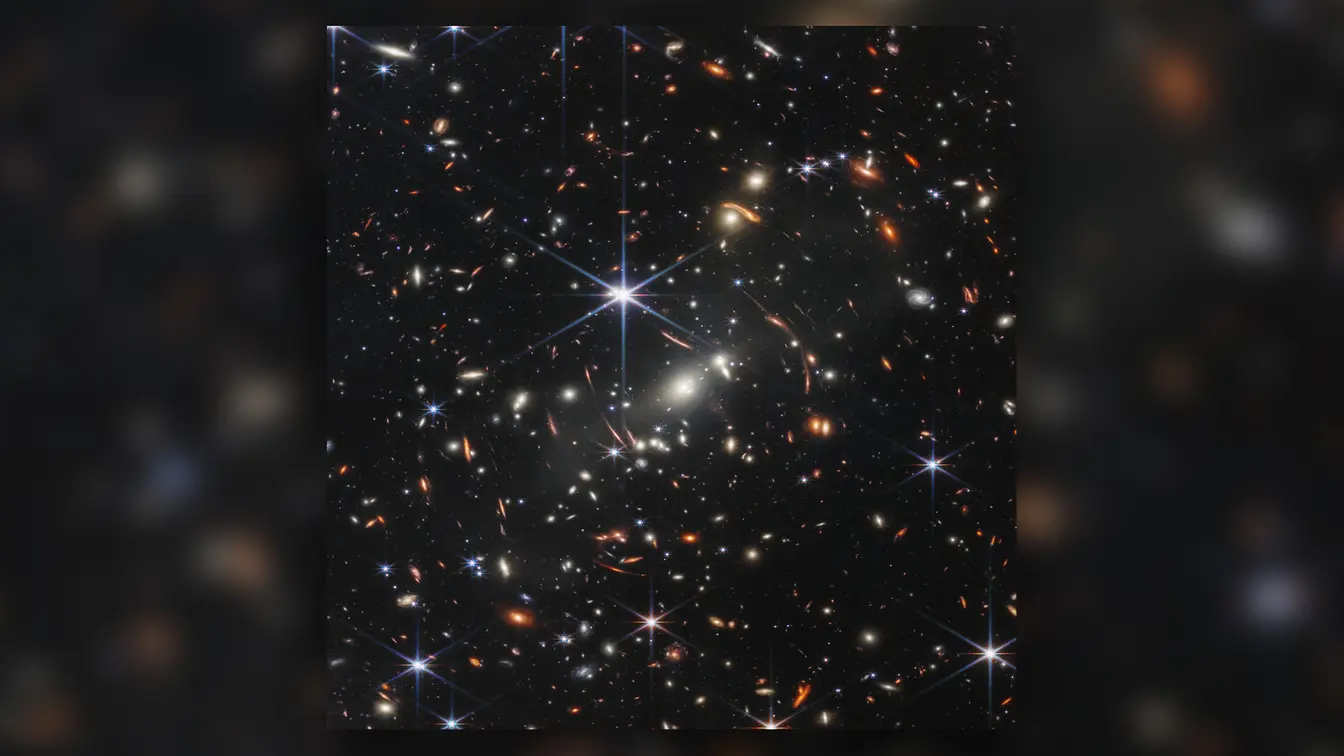
James Webb reveals deepest view of universe

Interstellar Comet 3I/ATLAS Highlights Growth of Tail

Hubble detects pink nebulae in NGC 2835

James Webb captures starlit peak in Pismis 24

Webb reveals hidden heart of Butterfly Nebula
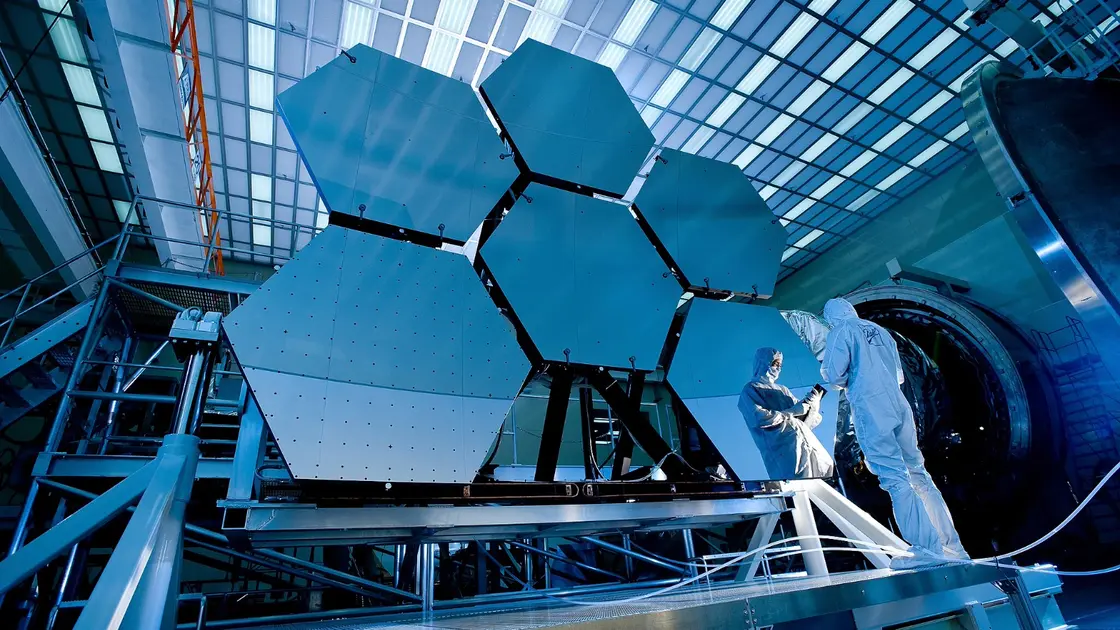
James Webb Space Telescope unveils ancient galaxies
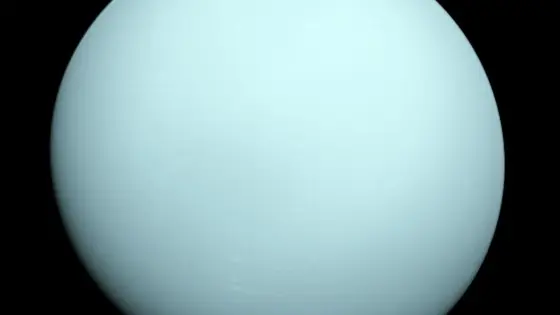
Webb finds new Uranus moon
